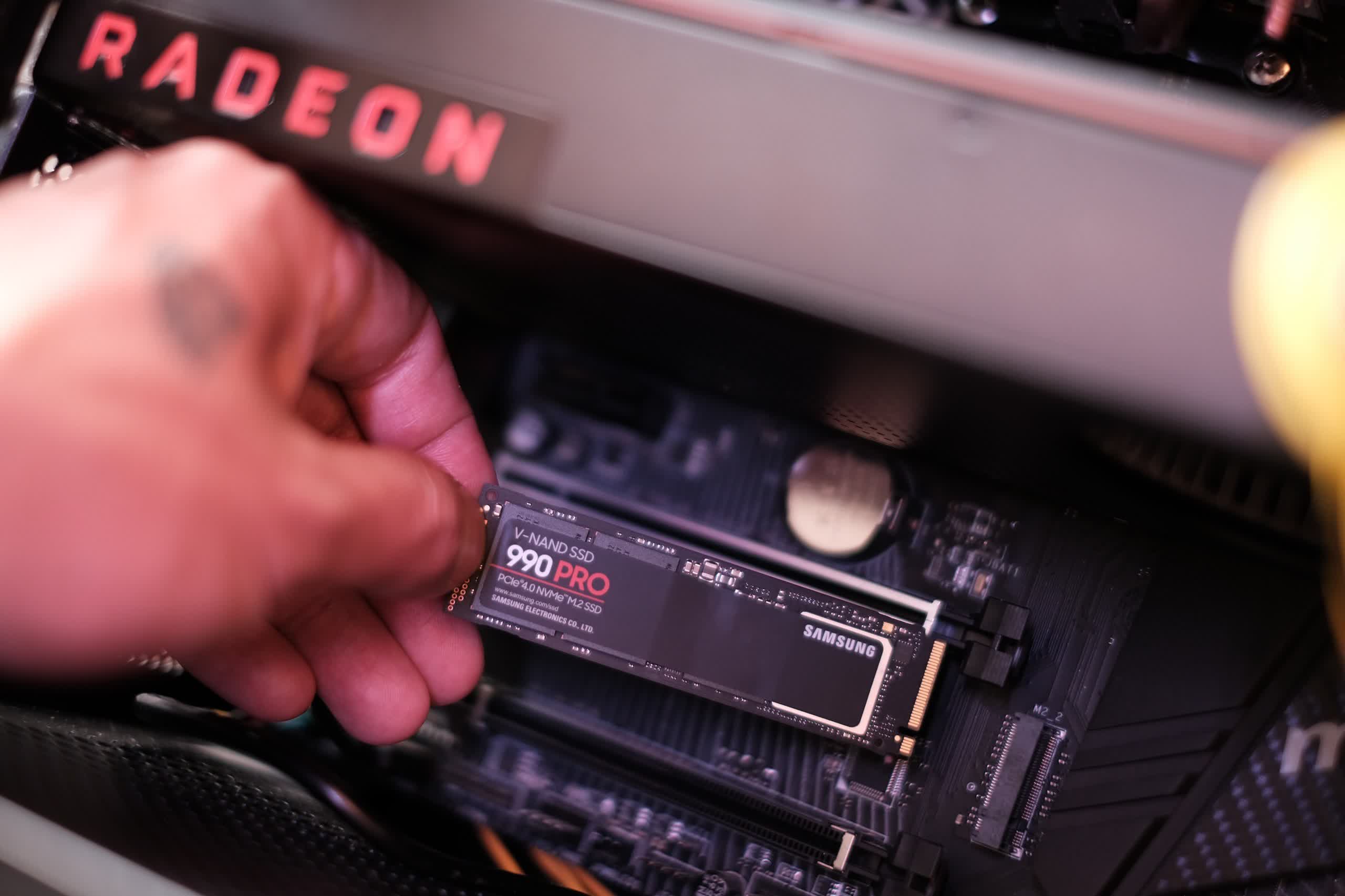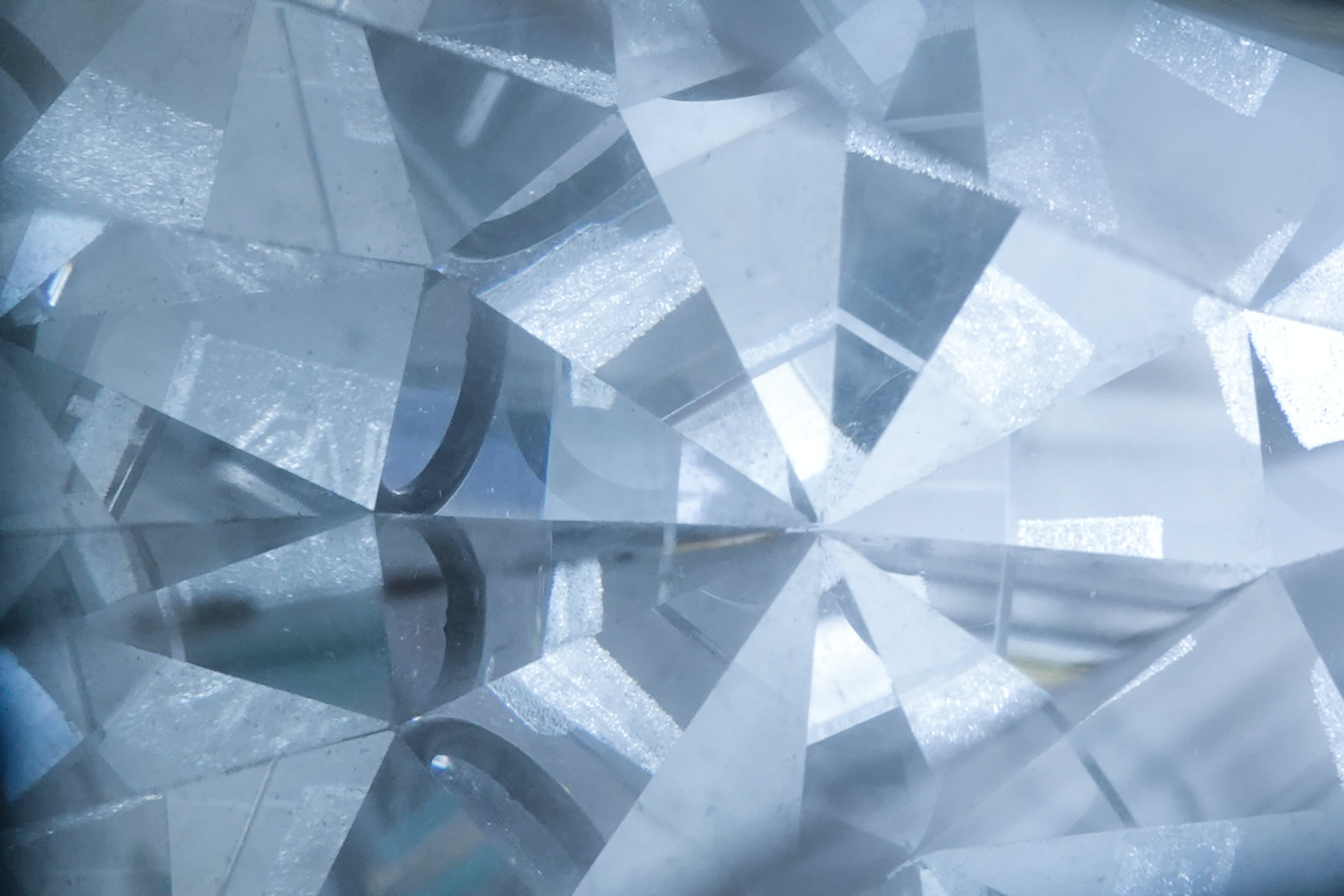Forward-looking: A breakthrough by researchers at City College uses diamonds to make an everlasting data storage medium of the future. The ability to write an impressive 25GB of data per square inch could potentially change how we store and access digital information.
Physicists at The City College of New York are turning diamonds into a treasure trove of modern data storage. A study published in Nature Nanotechnology, highlights the research led by Richard G. Monge and Tom Delord, who developed a novel technique using diamonds not just as jewels but as powerful data storage devices.
The secret lies in what's known as "color centers" in diamonds. These are tiny flaws where atoms are missing, creating spots that can absorb light. "It means that we can store many different images at the same place in the diamond by using a laser of a slightly different color to store different information into different atoms in the same microscopic spots," explained Tom Delord, a postdoctoral research associate at CCNY.
Typically, optical data storage hits a snag called the diffraction limit – a physical barrier that prevents writing data too closely together. The CCNY method cleverly sidesteps this issue. By tweaking the color (or wavelength) of the light used, they can target different color centers close together, packing more data into a tiny space.

This isn't just a one-and-done technique. The data written into these diamond defects can be erased and rewritten repeatedly. According to Delord, the new technique allowed their team to write and read tiny bits of data at a molecular level "down to a single atom." The team achieved a data density of 25GB per square inch – imagine storing the content of an entire Blu-Ray disc in a space smaller than a postage stamp!
The CCNY team's work with diamonds is part of a broader trend in exploring unconventional materials for data storage. For instance, Microsoft's Project Silica is experimenting with using quartz glass for cloud storage solutions. By leveraging the durability of glass to store data, it could help preserve large volumes of digital data over centuries.
The implications are huge, and although working with diamonds may seem like an expense affair, lab-grown diamonds could potentially make this tech commercially acceptable. If this method can be applied to other materials or at room temperature, it could revolutionize computing and digital storage. Imagine having a diamond that doesn't just sparkle on your finger but also holds a library of books, photos, and more.
Similarly, another breakthrough in the realm of data storage is the development of ceramic nano-memory. This technology promises to disrupt the $500 billion storage industry using advanced materials to store data in a more compact, durable, and energy-efficient manner.
